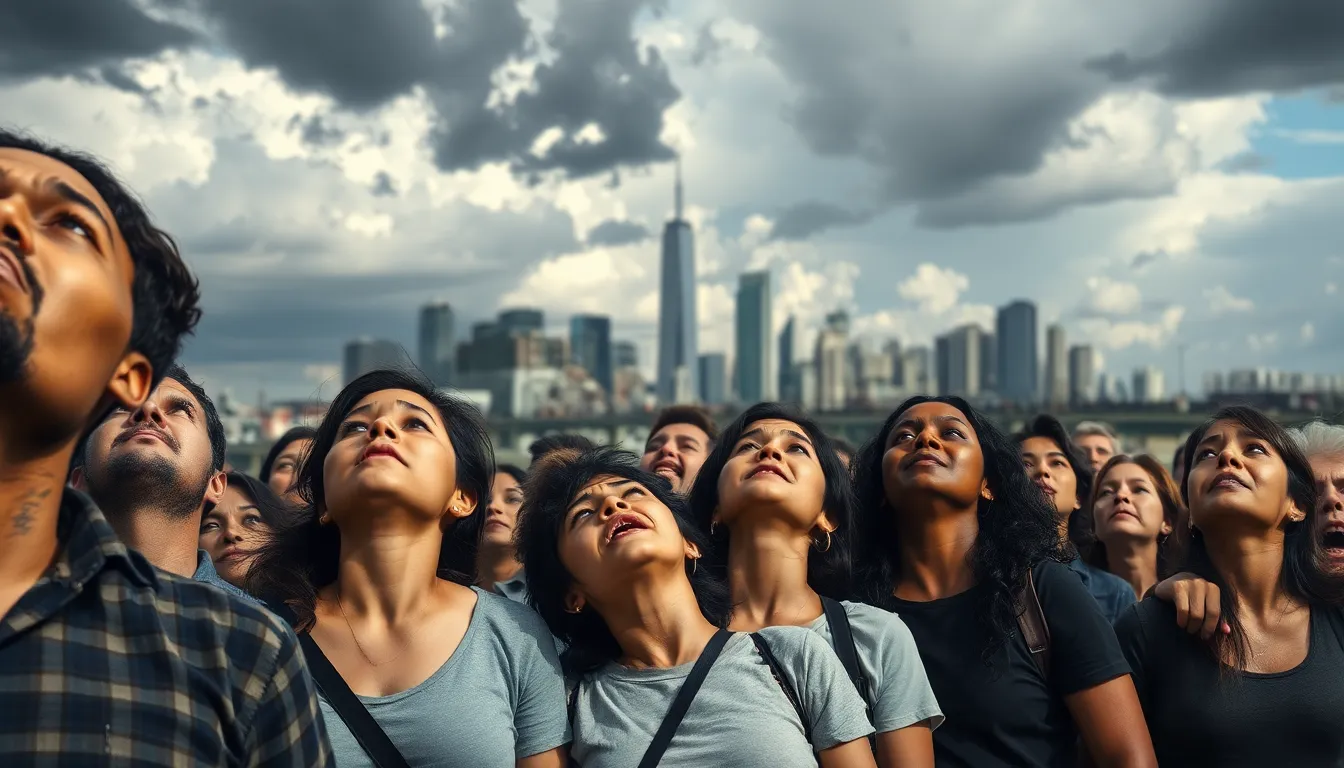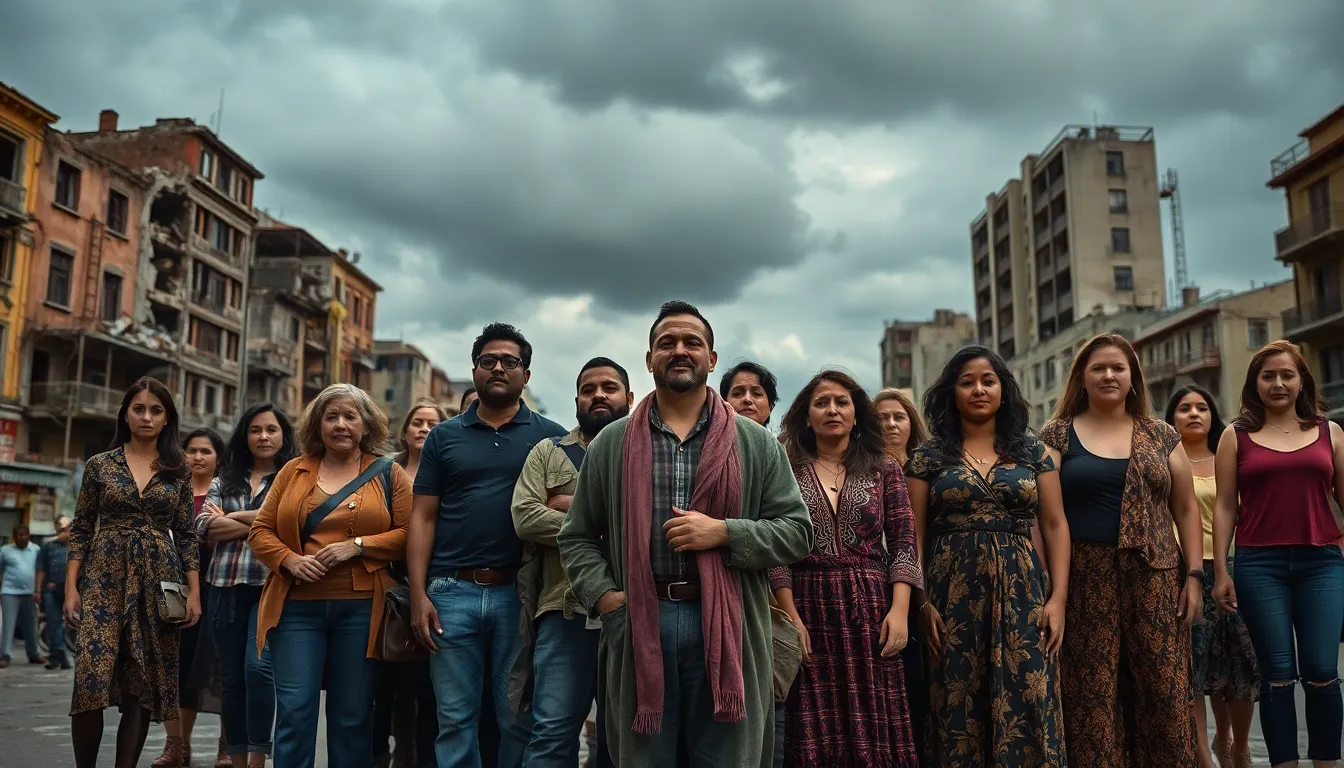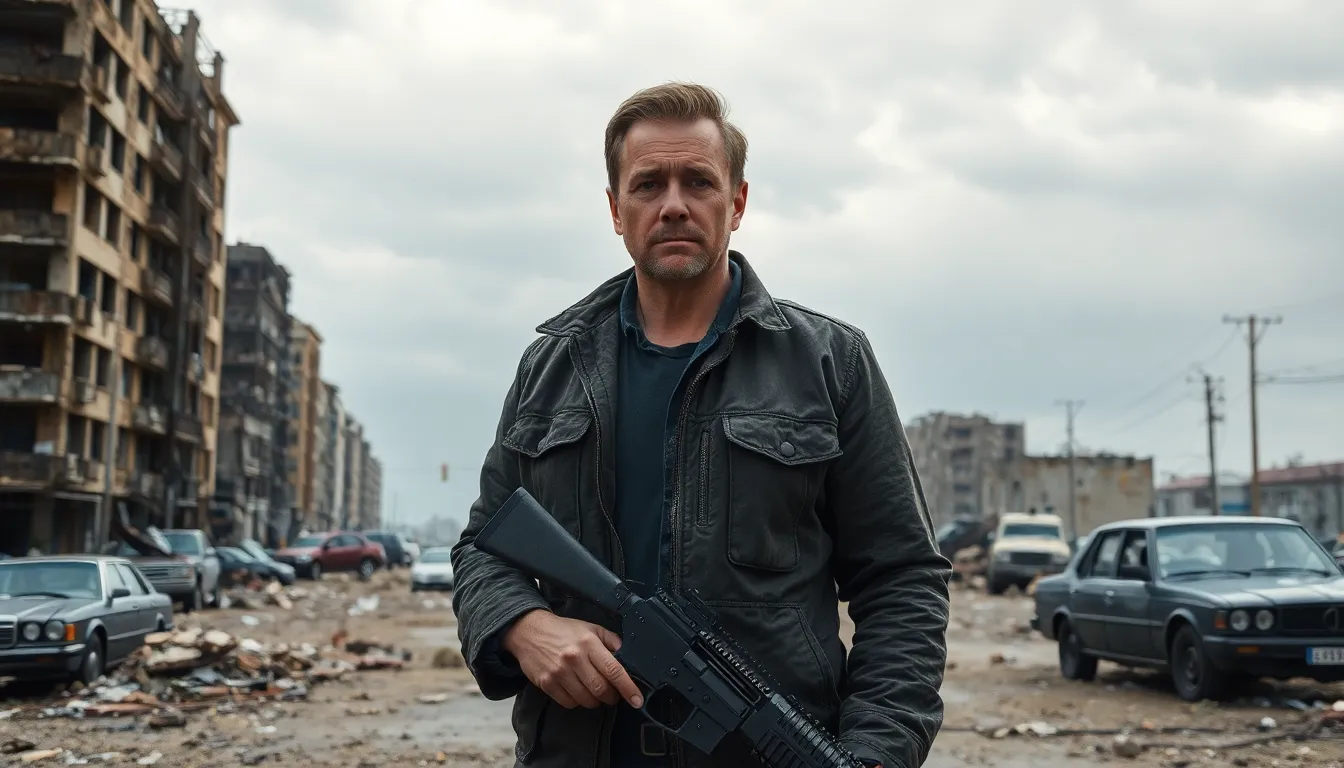Table of Contents
ToggleThe “Left Behind” series has captivated audiences with its gripping portrayal of a post-apocalyptic world following the Rapture. Based on the best-selling novels by Tim LaHaye and Jerry B. Jenkins, these films explore themes of faith, survival, and redemption. As the world grapples with the sudden disappearance of millions, the remaining characters face their own struggles and moral dilemmas.
With multiple adaptations spanning decades, fans often wonder about the chronological order of these films. Understanding the sequence not only enhances the viewing experience but also deepens the connection to the underlying messages. In this article, we’ll outline the “Left Behind” movies in order, providing a comprehensive guide for both newcomers and longtime fans eager to revisit this thought-provoking saga.
Overview of Left Behind Movies
The “Left Behind” movie series includes multiple adaptations that explore the implications of the Rapture, where millions vanish unexpectedly. These films focus on the struggles of those remaining, showcasing themes such as faith, survival, and redemption.
| Movie Title | Release Year | Description |
|---|---|---|
| Left Behind | 2000 | The original film follows pilot Rayford Steele as he navigates a chaotic world after the Rapture. |
| Left Behind: Two Years Later | 2002 | This sequel highlights the efforts of characters in the aftermath of the Rapture as they confront a new world order. |
| Left Behind: World at War | 2005 | This installment expands on global turmoil and the rise of the Antichrist amid the devastation left by the Rapture. |
| Left Behind (2014) | 2014 | A contemporary remake focuses on the chaos and fear experienced by those left behind, featuring a star-studded cast. |
These adaptations vary in style and depth, with each film offering a unique perspective on the Rapture’s aftermath. The stories often emphasize personal growth and the quest for redemption in a world filled with uncertainty. Fans of the series appreciate the way each film builds upon the last, enhancing the overall narrative and thematic depth.
Chronological Order of Left Behind Movies


The “Left Behind” movie series includes several adaptations that portray the dire consequences of the Rapture. Below is a detailed chronological overview of each film in the series.
Left Behind: The Movie (2000)
“Left Behind: The Movie” set the stage for the series, focusing on pilot Rayford Steele as he grapples with the sudden disappearance of millions. This film introduces key themes of faith and survival, portraying Rayford’s search for his missing wife and the ensuing chaos. The film’s narrative establishes the groundwork for exploring the struggles faced by the remaining population.
Left Behind II: Tribulation Force (2002)
“Left Behind II: Tribulation Force” continues the story, examining the aftermath of the Rapture through the lens of a group of believers forming a resistance against the emerging Antichrist. This sequel emphasizes the endurance of faith amid tribulation. It presents a deeper dive into the characters, showcasing personal development while navigating a world filled with deception and turmoil.
Left Behind: World at War (2005)
“Left Behind: World at War” escalates the series’ narrative, illustrating the global repercussions of the Rapture and the rise of the Antichrist’s influence. The film portrays intense international conflict, depicting how leaders worldwide respond to the chaos. Themes of sacrifice and perseverance come to the forefront as characters confront moral dilemmas and the choice between adherence to faith and survival.
Left Behind (2014)
The contemporary remake titled “Left Behind” presents a modern take on the original story, focusing on the chaos erupting immediately following the Rapture. It centers on various characters, including Rayford Steele, as they face a world turned upside down. The film highlights the emotional impact of loss and the quest for redemption amid widespread panic, appealing to both new audiences and established fans of the series.
Analysis of Themes and Messages
The “Left Behind” series presents multiple interconnected themes that resonate through its various adaptations. These themes include faith, survival, redemption, and the moral complexities faced by individuals in a world disrupted by the Rapture.
- Faith in Crisis: Characters often confront their beliefs amid chaos. Their faith becomes a source of strength, guiding them through despair as they seek to understand their new reality. This exploration highlights the importance of belief systems in times of uncertainty.
- Survival Instincts: The struggle for survival stands out as a central element. Characters navigate life-threatening situations while grappling with the loss of loved ones. Their resilience showcases human tenacity, emphasizing every individual’s capacity to adapt and endure.
- Redemption Arcs: The theme of redemption permeates each film. Characters often find themselves on a path of self-discovery, grappling with past mistakes while striving for forgiveness and growth. This pursuit reflects the idea that personal transformation is possible, even in dire circumstances.
- Moral Dilemmas: Characters face difficult choices, often balancing personal beliefs against the harsh realities of their situations. These conflicts introduce viewers to ethical questions about right and wrong, challenging them to consider their perspectives on morality during crises.
- Community and Togetherness: Relationships play a crucial role in the narrative. Characters band together to form support systems, illustrating how community can be a vital resource during turbulent times. The importance of unity highlights the human need for connection amidst adversity.
Each film in the “Left Behind” series not only chronicles the unfolding events of the Rapture but also delves deep into how such a catastrophic occurrence impacts personal lives and collective faith. The thematic exploration encourages viewers to reflect on their values and beliefs, fostering an engagement that transcends the surface of the narrative.
Impact on Audience and Culture
The “Left Behind” movie series impacts audiences and culture by prompting discussions on faith, morality, and societal structures. Audiences engage with the series as they confront themes of survival and redemption. The portrayal of characters enduring tribulations resonates deeply, allowing viewers to reflect on their personal beliefs amid challenging times.
The films instigate conversations about the implications of the Rapture—an event that serves as a narrative catalyst. They challenge audiences to consider the ethical dilemmas presented in crises, pushing them to think about their own choices and values. The moral conflicts depicted encourage deeper introspection about what it means to remain faithful in dire circumstances.
Additionally, the series fosters a sense of community among fans. Many viewers connect through shared beliefs, forming groups to discuss the films’ messages and their relevance in contemporary life. This communal experience enhances the viewing journey and reinforces the series’ themes of companionship and mutual support.
Culturally, the “Left Behind” films contribute to the dialogue surrounding faith-based media. By attracting a diverse audience, these films highlight varying interpretations of theological concepts and their implications for daily life. The ongoing relevance of the series illustrates its profound influence on both individual perspectives and broader cultural narratives.




